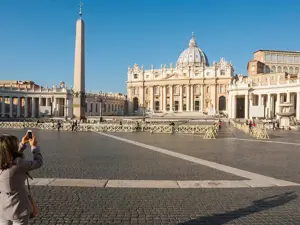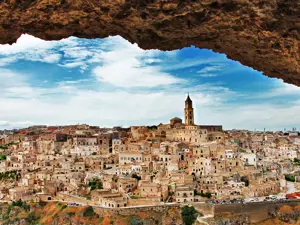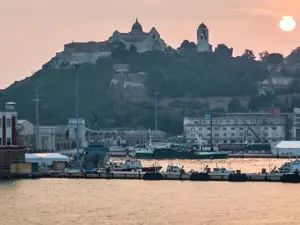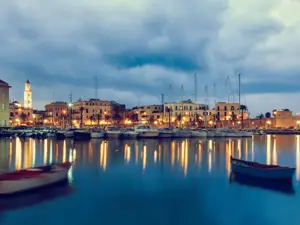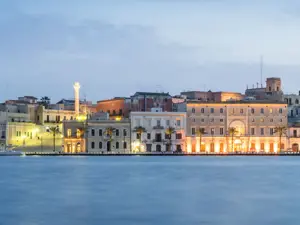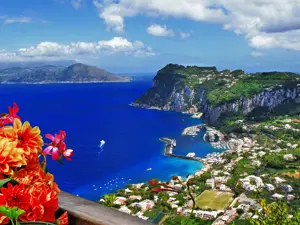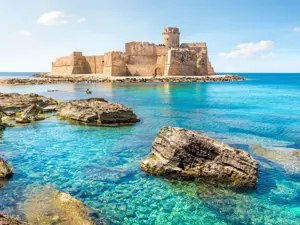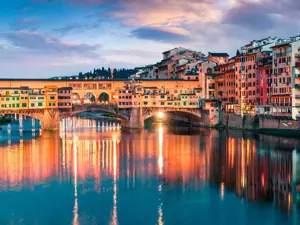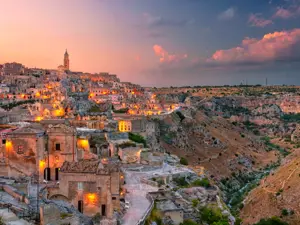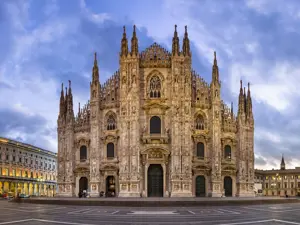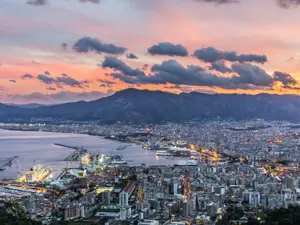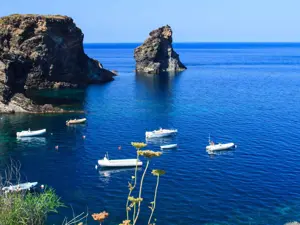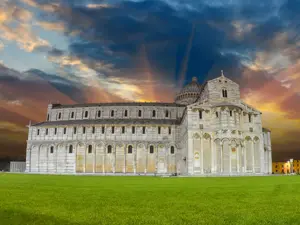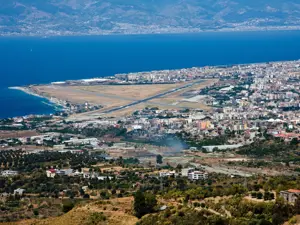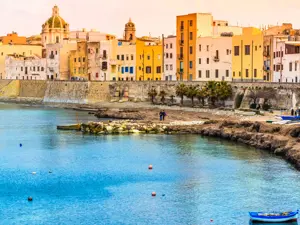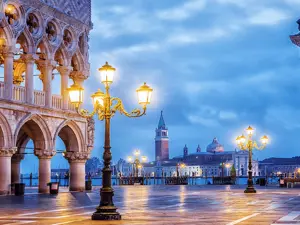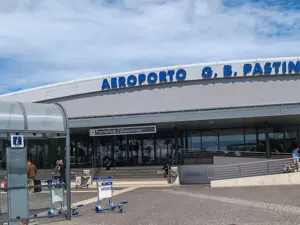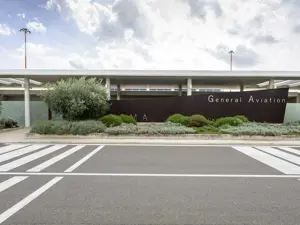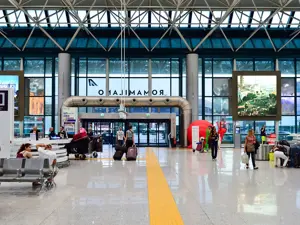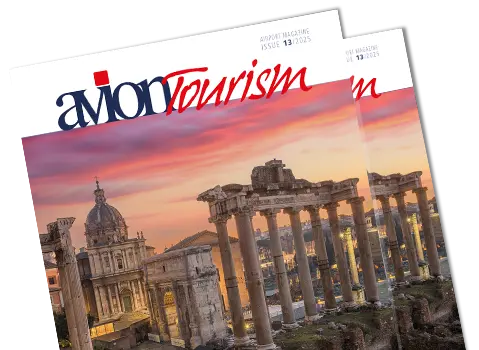For their religious and cultural significance, several traditions from Lazio are also inscribed on UNESCO’s Intangible Cultural Heritage list, including the Macchina di Santa Rosa in Viterbo, the Corsa della Cannata in Arpino, and the Transhumance.



The airports in Lazio closest to the center of Rome are Rome Ciampino Airport (CIA), located about 20 kilometers away, and Rome Fiumicino Airport (FCO), approximately 26 kilometers from the city. The nearest train station to Ciampino Airport is Ciampino Città, connected to the terminal by shuttle buses that link to Metro Line A - Anagnina, providing easy access to the city center. Alternatively, travellers can reach Rome by bus, rental car, or taxi.
From Fiumicino Airport, the city center can be reached by rental car, taxi, bus, or train to Termini Station or Tiburtina Station. Once in the city, the metro, tram, and bus lines offer convenient connections to all major tourist attractions.
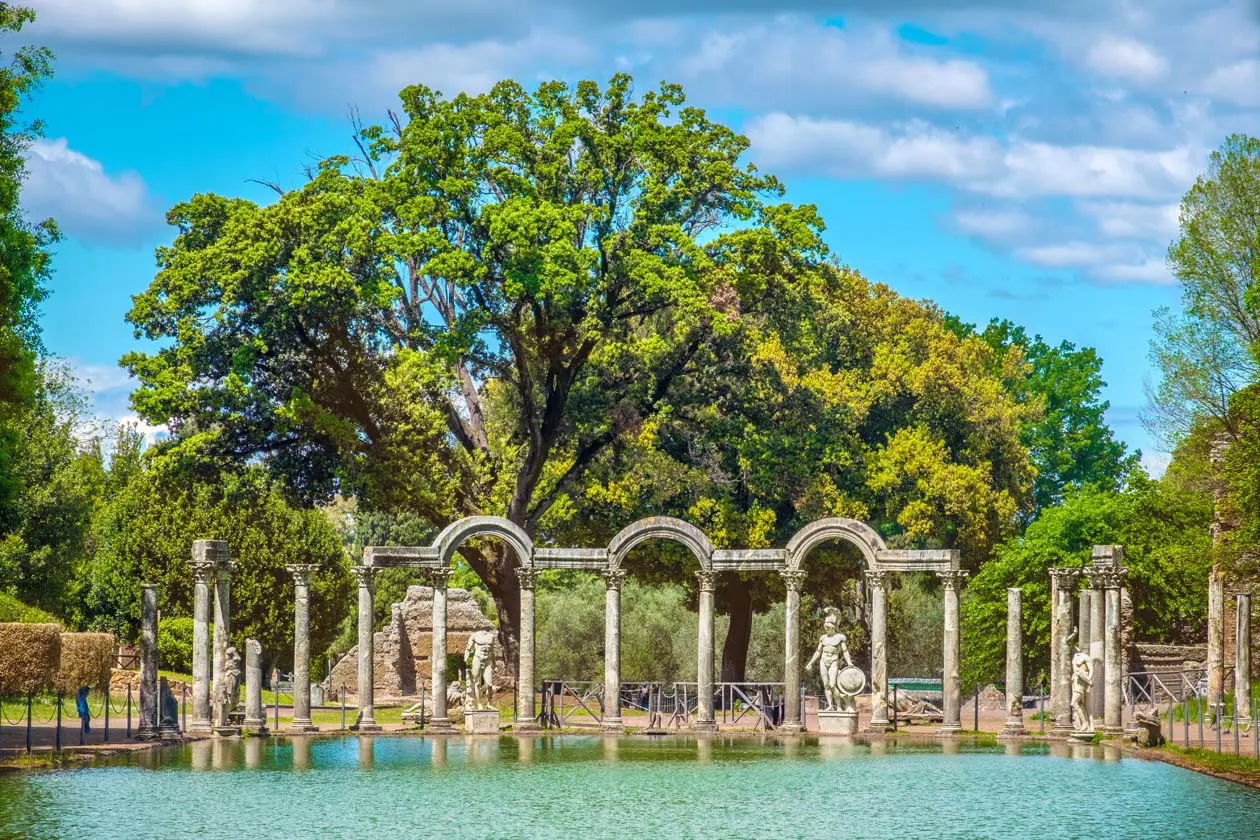

The airports in Lazio closest to Tivoli are Rome Ciampino Airport (CIA), about 36 kilometers away by car, and Rome Fiumicino Airport (FCO), approximately 63 kilometers from Tivoli. Once in Rome, you can continue by rental car - Tivoli lies about 32 km northeast of the city - or by train: take the Rome-Avezzano-Pescara line from Tiburtina Station (served by Metro Line B and the main railway network), or, at certain times, from Termini Station (served by Metro Lines A and B). Alternatively, buses from Rome depart from the Ponte Mammolo terminal (Metro Line B), following Via Tiburtina or the A24 highway toward Tivoli.


Among these sites in Lazio are the Necropolises of Cerveteri and Tarquinia. The first, located between Rome and Civitavecchia and known as the Banditaccia Necropolis, dates back to the 9th century BC and served as the main burial ground of the ancient city of Caere (modern-day Cerveteri). Set on a tufa hill, it contains thousands of tombs arranged like a true urban settlement - with streets, alleys, small squares, and even districts - in a succession of tumuli that replicate the architectural layout of the homes of the living, complete with carved doors and windows. Inside, visitors can admire precious pottery, furniture, household objects, and a vast area of tombs decorated with remarkable frescoes, most of which date back to the 6th century BC, the period of greatest splendor of Etruscan civilization.

The Necropolis of Tarquinia, known as the Monterozzi Necropolis, is the largest and most prestigious burial complex of classical art from the pre-Roman period in the Mediterranean basin. It features around 6,000 tombs carved into the rock, faithfully reproducing the architectural style of ancient dwellings. The frescoes adorning these tombs, both for their documentary value and their artistic excellence, have been described as “the first chapter in the history of Italian painting”.
The closest airport to the Etruscan Necropolises of Tarquinia and Cerveteri is Rome Fiumicino Airport (FCO). From there, travellers can take a train reaching the Tarquinia area in just over an hour, while the journey to Cerveteri takes approximately 2 hours and 30 minutes. The Archaeological Park of Cerveteri and Tarquinia, located between the two towns in northern Lazio, stretches across the provinces of Rome and Viterbo. At its center stand the two National Archaeological Museums, while the Etruscan necropolises are situated just outside the urban areas and are easily accessible.
The Beech Forest of Monte Raschio in Oriolo Romano
and the Ancient Beech Forest of the Cimini Mountains

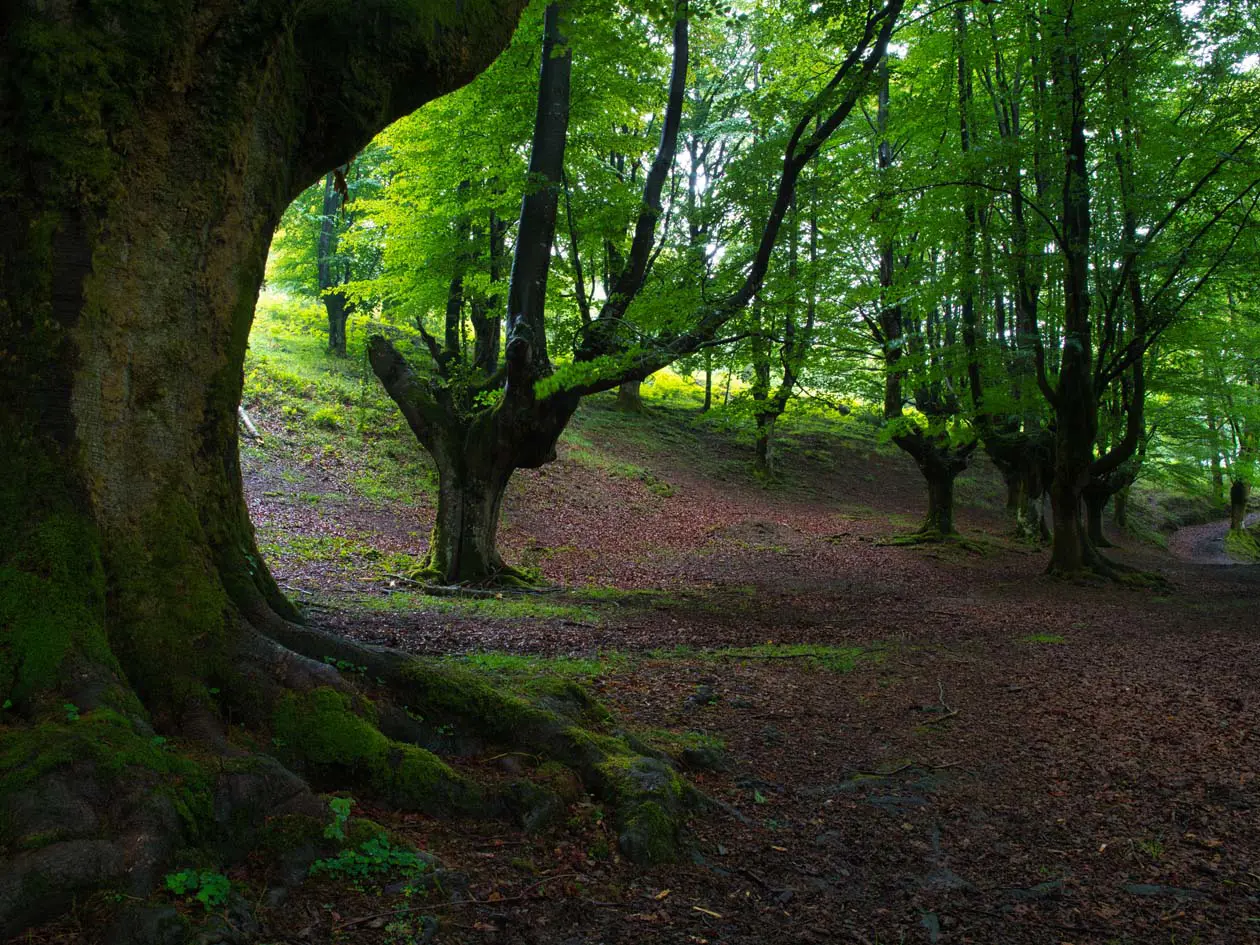
The airports in Lazio closest to Monte Cimino (in Soriano nel Cimino, Viterbo) and Monte Raschio (in Oriolo Romano, Viterbo) are Rome Ciampino Airport (CIA), about 95 kilometers away by car, and Rome Fiumicino Airport (FCO), approximately 103 kilometers from both locations. Once there, visitors can explore trails and hiking routes that wind along the slopes of Monte Cimino, the highest peak of the Cimini Mountains in the Lazio Anti-Apennines, or venture into the Bracciano.Martignano Regional Natural Park to admire the beech forests of Monte Raschio.
Via Appia. Regina viarum
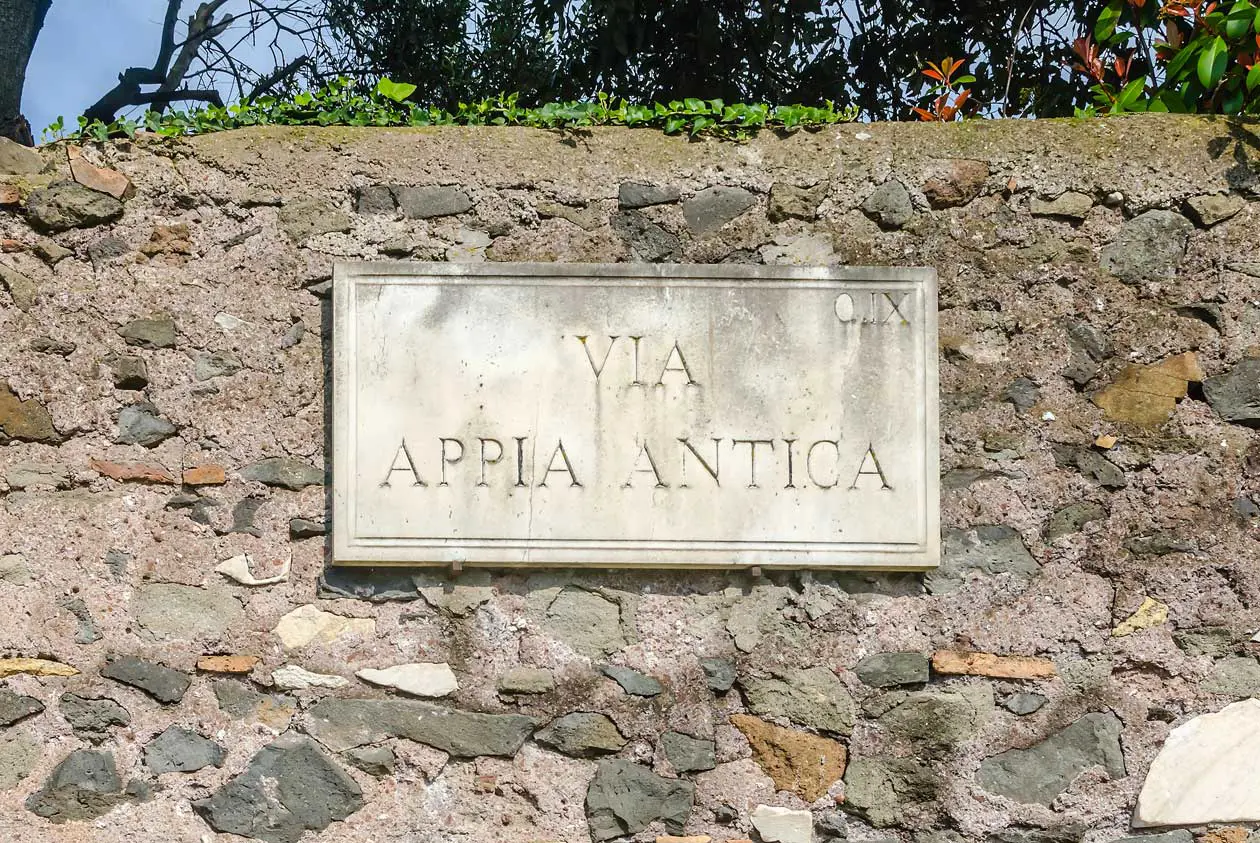
Via Appia. Regina Viarum was inscribed on the UNESCO World Heritage List on July 27, 2024. The Via Appia is the first and most famous of the ancient Roman roads, built in 312 BC to connect Rome to Capua, and later extended to Brindisi, the port from which routes to Greece and the East departed. Conceived by the censor Appius Claudius Caecus, it was regarded as a symbol of Rome’s power, so much so that contemporaries called it the “Regina Viarum”, the Queen of Roads.
The Via Appia was an extraordinary feat of engineering for its time: a straight route featuring bridges, viaducts, and tunnels that crossed challenging terrain, built on a solid foundation of basalt slabs. This innovation made possible a road network of over 120,000 kilometers, which still forms the basis of the main routes around the Mediterranean today. A public and toll-free road, it was equipped with milestones, post stations, and rest areas, also used by the Roman postal service (cursus publicus).

Over the years, the Via Appia was gradually extended: it reached Benevento (Campania) around 268 BC, continued to Venosa (Basilicata) and later to Taranto, finally arriving in Brindisi (Puglia) in the 2nd century BC. In the following years, the original route from Benevento to Brindisi was replaced by a more direct path through Apulia. At the beginning of the 2nd century AD, Emperor Trajan established the Via Appia Traiana, an alternative route from Benevento to Brindisi, covering a distance of about 540 kilometers in 13–14 days.
Used continuously until the Middle Ages, the Via Appia was later restored by Popes and the Kings of Naples, and over the centuries came to be recognized as a universal symbol of Roman civilization. Starting from the walls of Rome, the Via Appia crosses four regions - Lazio, Campania, Basilicata, and Puglia - before reaching Brindisi.
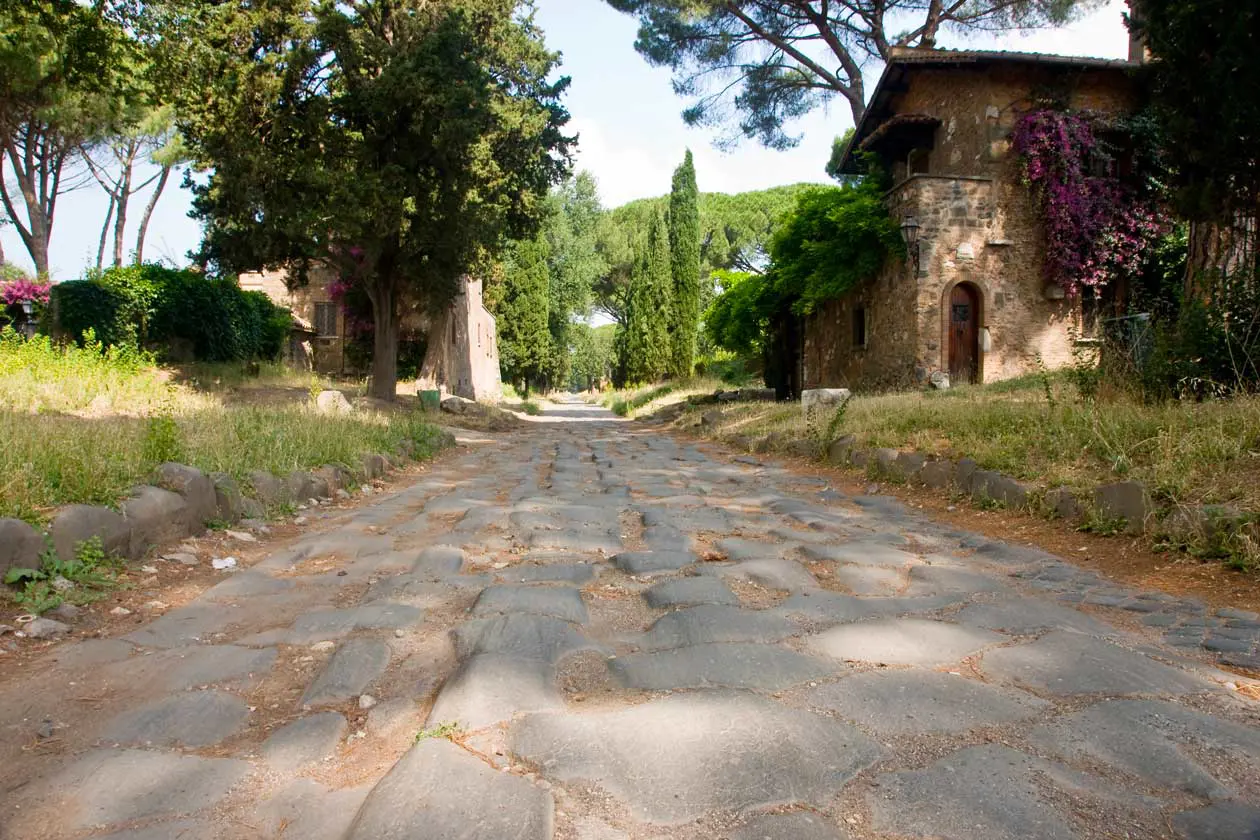
The Via Appia in Lazio passes through several sections and towns in the provinces of Rome and Latina: the Appia in Rome from the first to the thirteenth mile (Rome, Ciampino, Marino); the Appia through the Alban Hills (Albano Laziale, Ariccia); Tarracina and the crossing of the Lautulae Pass (Terracina, Monte San Biagio); the Appia at Fundi (Fondi); the Appia at the Itri Pass (Fondi, Itri); the Appia from the 83rd mile to Formiae (Itri, Formia); and Minturnae with the crossing of the Garigliano River (Minturno).
Every year, on the evening of September 3rd, the city of Viterbo lights up for the Transport of the Macchina di Santa Rosa, one of Italy’s most spectacular and deeply rooted religious traditions. A tower of light, about 30 meters tall and weighing over 5 tons, is carried on the shoulders of the famed Facchini di Santa Rosa through the narrow streets of the historic center, in homage to the city’s patron saint.
In 2013, UNESCO recognized this ancient celebration as part of the Intangible Cultural Heritage of Humanity, alongside other Italian events featuring the transport of the so-called “Great Shoulder-Borne Machines”, such as the Festival of the Lilies in Nola, the Varia of Palmi, and the Descent of the Candelieri in Sassari.

Every five years, the Municipality of Viterbo holds a competition for the design of a new Macchina, which must meet strict architectural and symbolic criteria. Since 2024, the transport has featured Dies Natalis, the majestic structure designed by architect Raffaele Ascenzi, a creation that blends tradition, innovation, and spirituality.
In the heart of the night, amid lights, songs, and prayers, the Macchina makes its way through the city along a route filled with emotion and devotion. It is a unique moment that embodies faith, art, and collective identity, making Viterbo the custodian of a living and shared intangible heritage.
The Corsa con la Cannata of Arpino
The historic Corsa con la Cannata of the Gonfalone of Arpino is inscribed in the UNESCO Register of Intangible Cultural Heritage, a recognition that celebrates one of the most authentic and spectacular traditions of the Ciociaria region. Alongside the Arpino race, other traditional Italian games have also been recognized as part of Tocatì, the international event that protects and promotes ancient competitions and street games that once enlivened towns and villages across Europe.

Exclusively reserved for women, the Corsa con la Cannata is a truly unique event. The participants, wearing the traditional cioce (the typical footwear of Ciociarian shepherds), run a 280-meter course while carrying on their heads the “cannata”, a terracotta vessel filled with water - a symbol of Arpino and its rural heritage. Balance is maintained only by a rolled cloth shaped like a ring, as the rules strictly forbid touching the cannata with one’s hands for the entire duration of the race.
This competitive yet ritual game represents the very heart of the Gonfalone of Arpino, the popular festival that each August fills the town with competitions, reenactments, and challenges between districts and neighborhoods. Among all the events of the Gonfalone, the Corsa con la Cannata is the most eagerly awaited - a celebration of grace, strength, and tradition, deeply rooted in the history and feminine identity of the Ciociarian community.
How to get there
Arpino is located 30 km from Frosinone and about 120 km from Rome. The nearest airports to the Gonfalone of Arpino, in the province of Frosinone (Lazio), are Rome Ciampino Airport (CIA), approximately 106 kilometers away, and Rome Fiumicino Airport (FCO), about 132 kilometers from the town. From Rome, you can continue by car or take a train on the Rome-Naples line via Cassino, getting off at the Frosinone station.
The Transhumance
Since 2019, Transhumance has been inscribed on the UNESCO Intangible Cultural Heritage of Humanity list, recognizing an ancient pastoral practice that reflects the harmonious relationship between humans, animals, and nature. The nomination project, launched in 2015 with Italy as the lead country, alongside Greece and Austria, originated in the Molise region, which brought together communities of shepherds who still uphold this seasonal ritual today. Transhumance refers to the periodic migration of flocks, herds, and shepherds along the tratturi (ancient grassy paths connecting lowland plains to mountain pastures) with stops at traditional way stations known as 'stazioni di posta'.
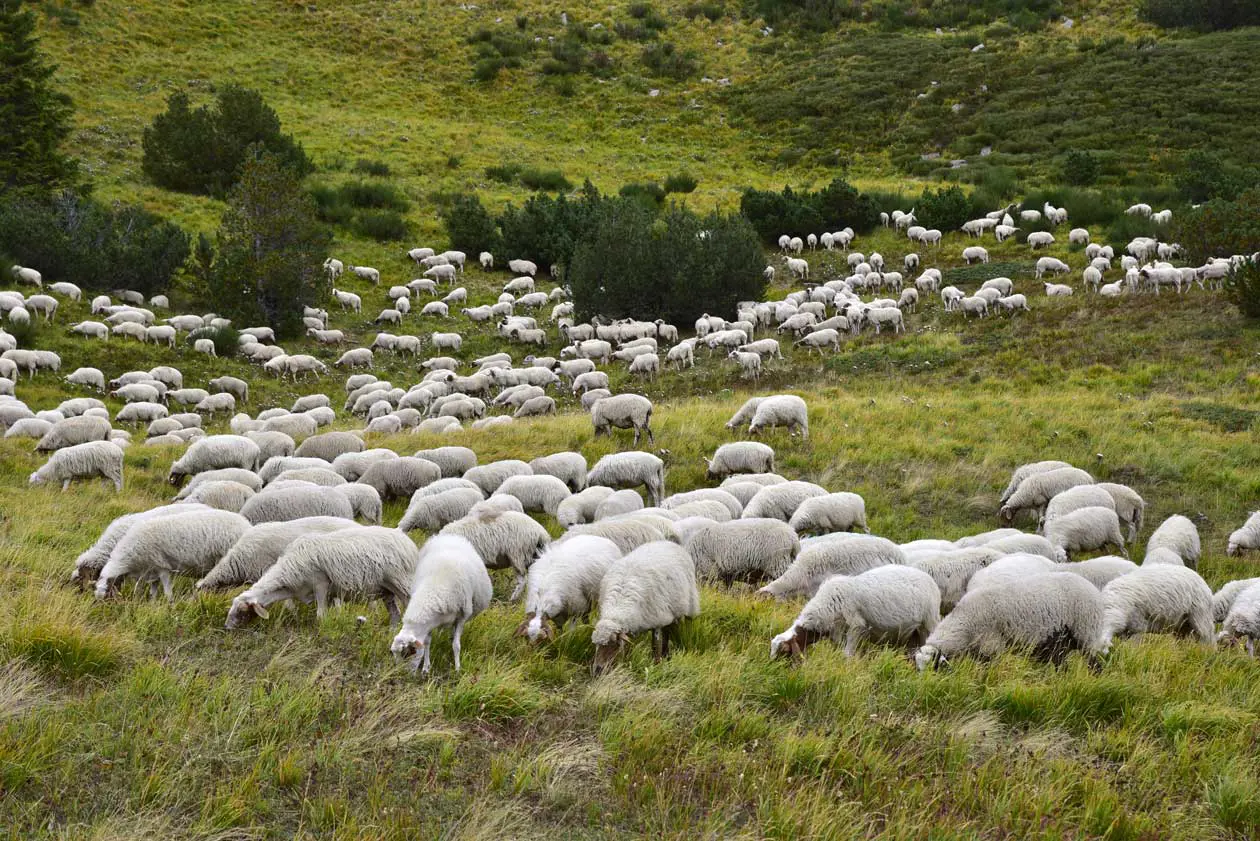
Practiced since prehistoric times throughout the Mediterranean basin and the Alps, Transhumance represents a model of sustainable balance between humans and the environment, based on respect for natural cycles, animal welfare, and the resources of the land.
In Italy, this tradition remains alive and thriving, involving thousands of farms and millions of sheep belonging to various breeds. The most active areas are found in the Alpine regions - such as Lombardy and the Val Senales in South Tyrol - and along the Apennine ridge, particularly in Lazio (Amatrice, Ceccano), Abruzzo, Molise, Campania, and Puglia, where the ancient royal tratturi still wind through the landscape, standing as true pathways of pastoral culture.
How to get there
In Lazio, Amatrice (province of Rieti) and Ceccano (province of Frosinone) are located approximately 143 km and 98 km from Rome, respectively. The nearest airports are Rome Ciampino Airport (CIA), about 83 km from Ceccano and 155 km from Amatrice, and Rome Fiumicino Airport (FCO), approximately 109 km from Ceccano and 170 km from Amatrice.

WHERE TO GO IN LAZIO
Partnership with GetYourGuide
Tours and excursions to World Heritage sites in Lazio

Colosseum, Roman Forum and Palatine Hill
Guided tour of three major sites in Rome: the Colosseum, Roman Forum, and Palatine Hill. Includes: entry to the Colosseum, access to the Colosseum Arena (if selected), entry to the Roman Forum and Palatine Hill, and headset set. Duration: 2.5 hours. Booking available with free cancellation and full refund up to 24 hours before. Book now.
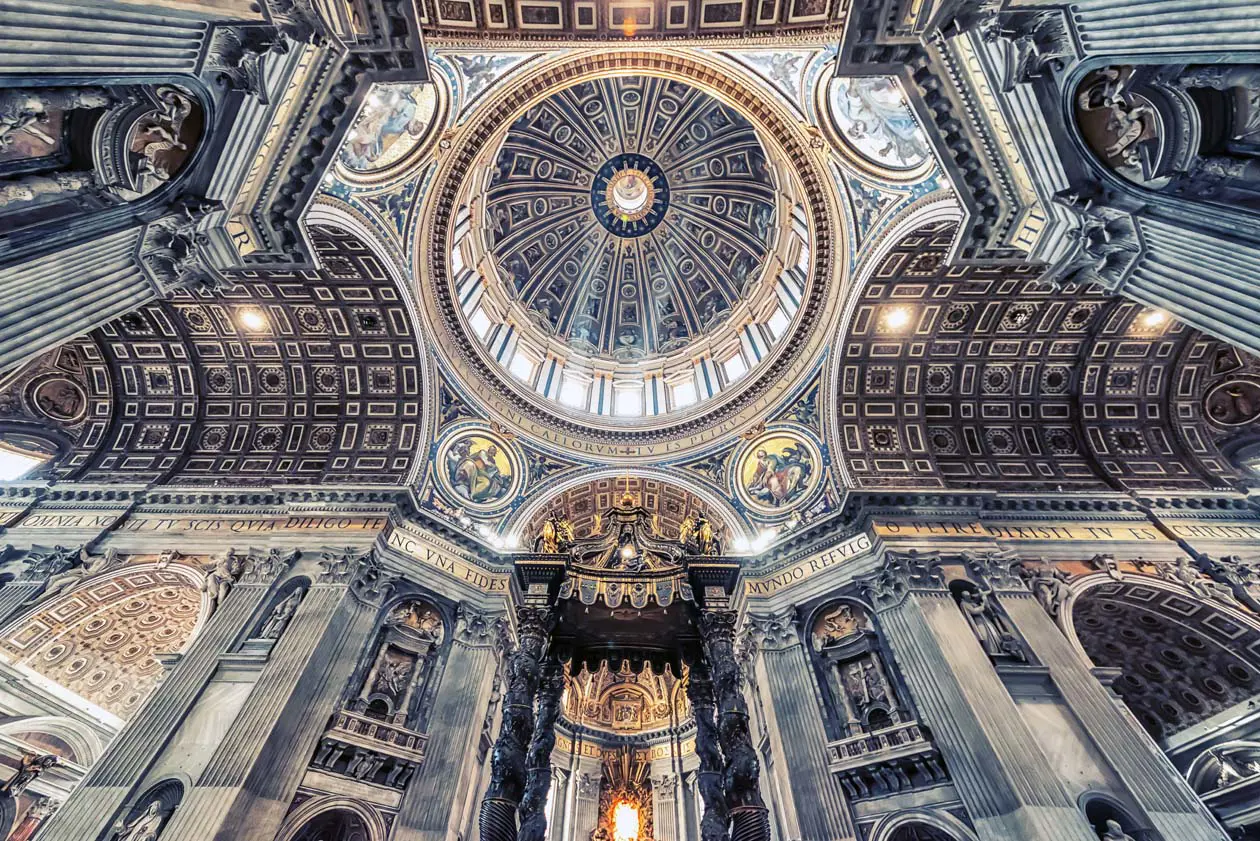
St. Peter’s Basilica, Dome Climb and Underground Grottoes
Guided walking tour. Includes: St. Peter’s Basilica, entry tickets to the top of St. Peter’s Dome (if selected), St. Peter’s Tomb and the Vatican underground grottoes, and headset set. Duration: 1.5 – 2.5 hours. Booking available with free cancellation and full refund up to 24 hours before. Book now.
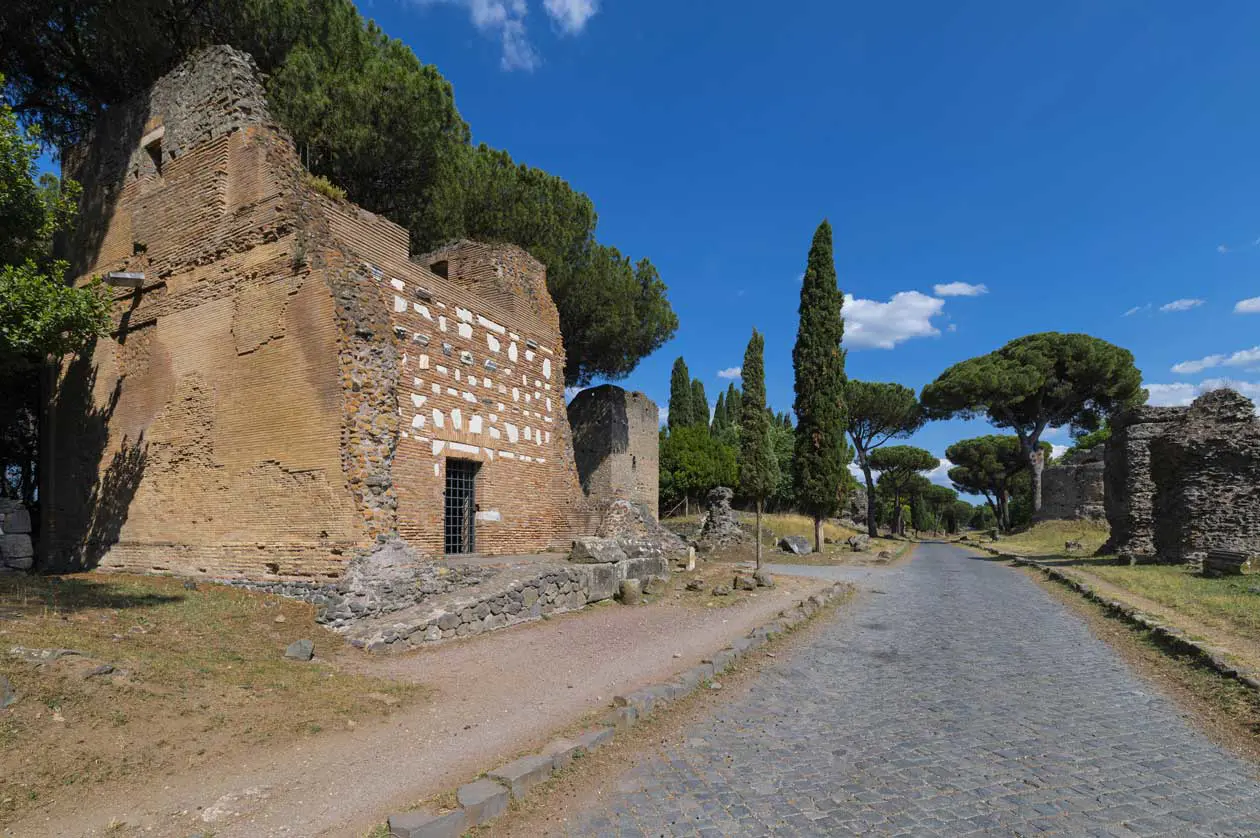
Appian Way and Roman Catacombs
E-bike tour along the Appian Way, available as a shared or private experience. Includes: electric bike, entry tickets to the Catacombs of St. Callixtus (if selected), multilingual guide, and local product tasting (lunch or aperitif if selected). Duration: 3.5 - 5 hours. Book now. Alternatively, enjoy a golf cart tour of the Appian Way with entry to the Roman Catacombs. Includes: driver-guide, electric golf cart, entry ticket and guided tour of the Roman Catacombs, one bottle of water per person, and headset set. Duration: 2.5 hours. Book now. Bookings available with free cancellation and full refund up to 24 hours before.
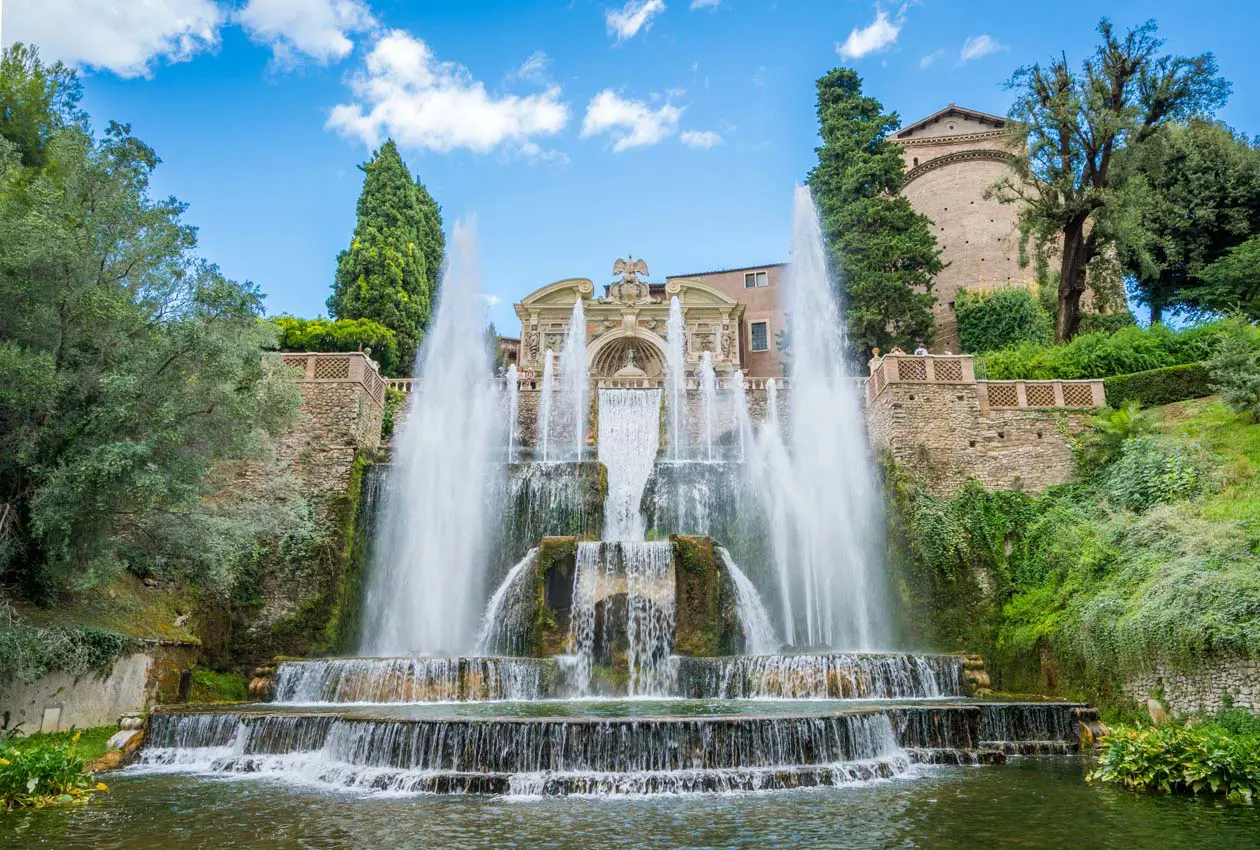
Villa d’Este and Hadrian’s Villa in Tivoli
Day trip from Rome to explore the gardens of Villa d’Este and the ruins of Hadrian’s Villa. Includes: hotel pickup (if requested), air-conditioned coach transport, guide, entry tickets to Hadrian’s Villa and Villa d’Este, and headset set. Duration: 5 hours. Booking available with free cancellation and full refund up to 24 hours before. Book now.
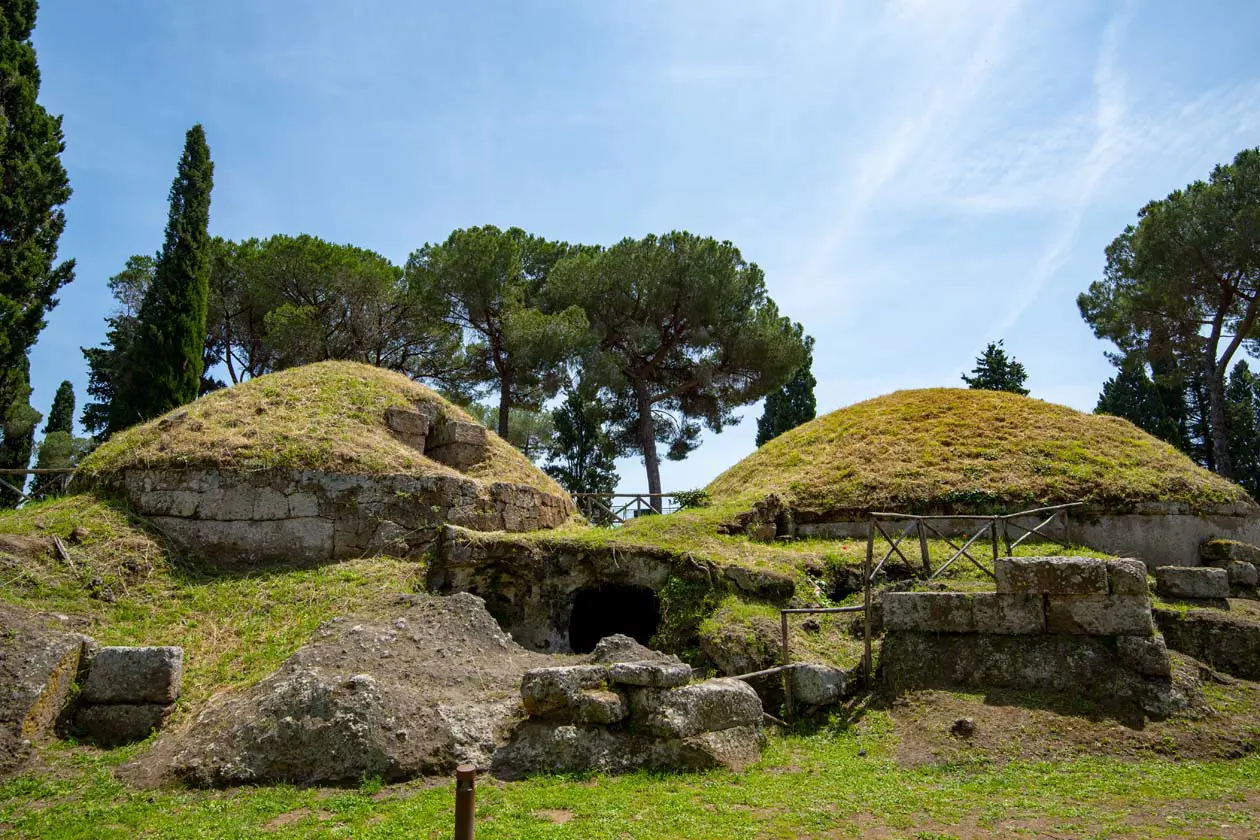
From Rome to Tarquinia and Cerveteri
Departure from Rome to Tarquinia and Cerveteri. Visits include: the Banditaccia Necropolis in Cerveteri (Etruscan burial site dating back to the 9th century BC; duration approx. 2 hours. The same ticket also grants access to the Cerveteri Museum); Tarquinia (visit to the Etruscan necropolis and the town; optional museum visits and lunch). Return to Rome around 5:00–6:00 p.m. Total duration: 7.5 hours. Booking available with free cancellation and full refund up to 24 hours before. Book now.
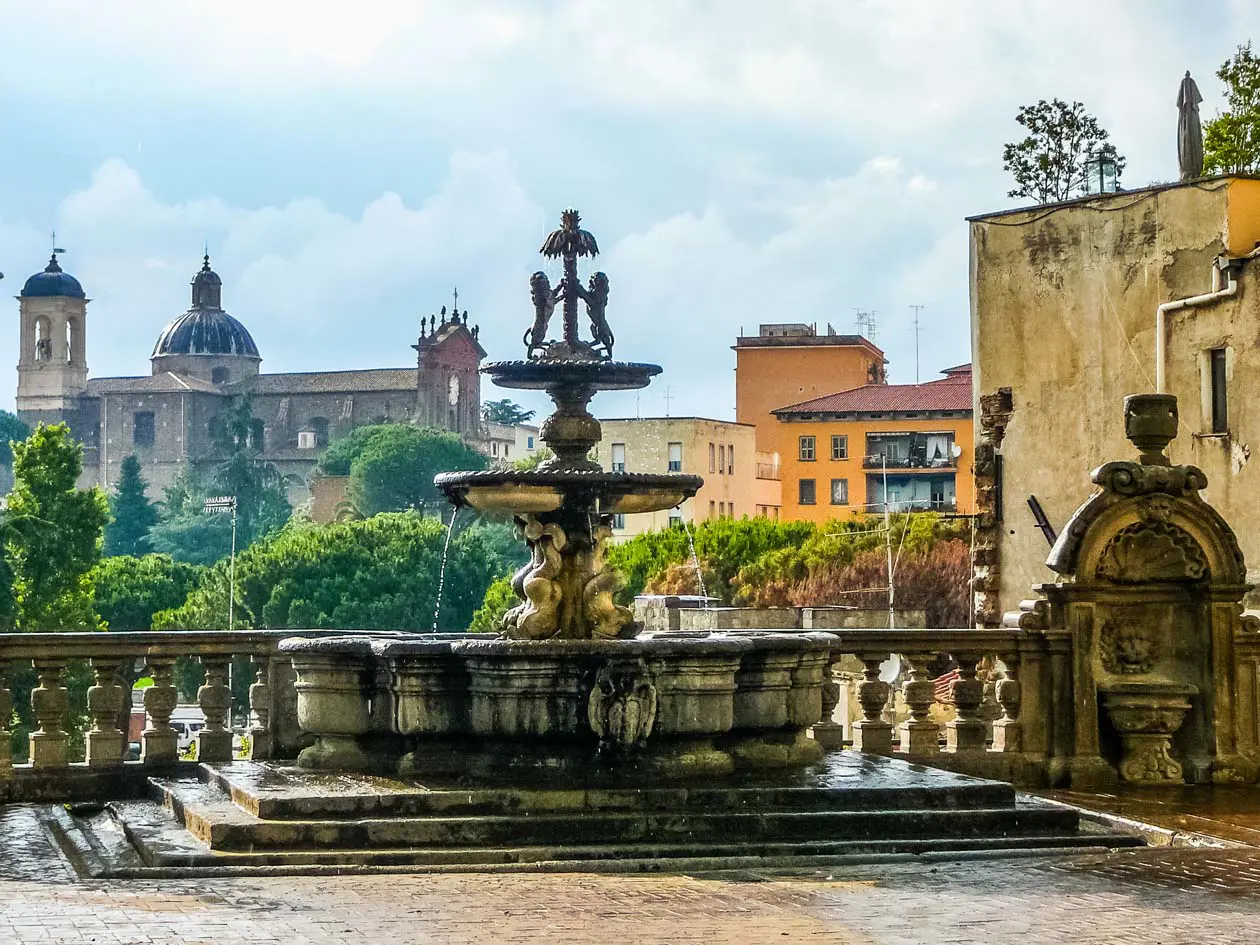
From Rome to Viterbo
Full-day guided excursion from Rome to Viterbo and Caprarola to explore the medieval charm of Viterbo and the Renaissance beauty of Caprarola, crossing the lush countryside of northern Lazio, the ancient region of Tuscia and homeland of the Etruscans. Includes air-conditioned coach transport. Duration: 9 hours. Booking available with free cancellation and full refund up to 24 hours before. Book now.
All tours and excursions




